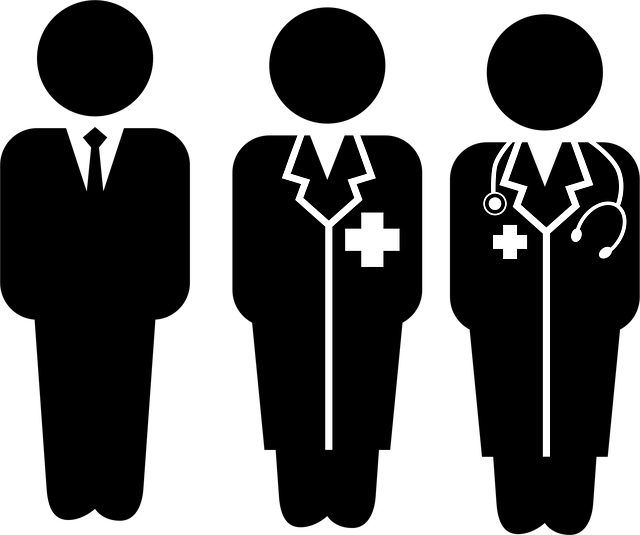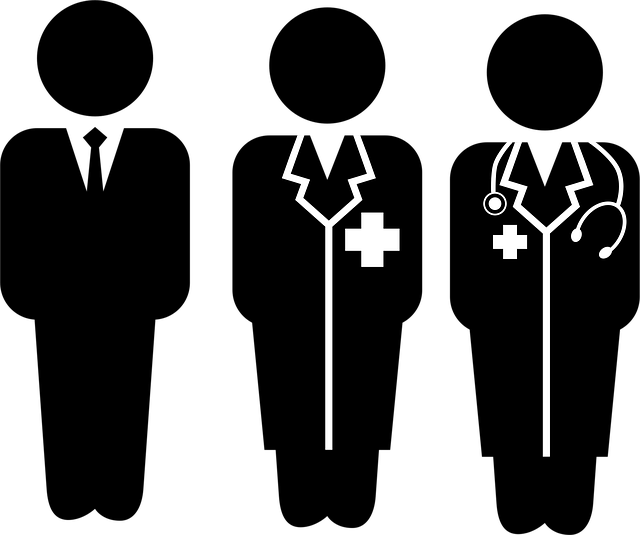When choosing between creams and liquids for wart removal, consider their benefits, active ingredients, application techniques, and potential side effects. Certified wart removal doctors recommend treatments based on wart type, size, and patient preference. Creams offer localized, gentle removal, while liquids are potent but require precision. Liquid treatments may cause more irritation and damage if not performed correctly by a specialist. Consulting a certified doctor ensures safe, effective solutions, especially for severe or persistent warts, providing long-term relief with personalized guidance.
Warts can be a pesky concern, but effective removal methods are readily available. This comprehensive guide delves into the age-old debate between wart removal creams and liquids, comparing their active ingredients, application processes, safety profiles, and costs. We explore these options to help you make an informed decision, even consulting with a certified wart removal doctor for professional insights. By the end, you’ll be armed with knowledge to choose the best treatment for your specific needs.
- Creams vs Liquids: Comprehensive Comparison
- Active Ingredients and Their Effectiveness
- Application Methods and User Experience
- Safety and Side Effects Analysis
- Treatment Time and Cost Considerations
- Professional Insights from a Certified Wart Removal Doctor
Creams vs Liquids: Comprehensive Comparison

When considering wart removal options, understanding the nuances between creams and liquids is essential. Both have their merits and are commonly recommended by certified wart removal doctors, such as those at reputable clinics like Cheltenham Wart Clinic or Wolverhampton-based practices. Creams offer a localized treatment approach, typically containing active ingredients that work to weaken and destroy the wart over time through regular applications. This method is often preferred for its relative ease of use and minimal side effects.
On the other hand, liquids, usually in the form of paints or solutions, provide a more direct application strategy. They can be particularly effective for hard-to-reach warts or stubborn cases that haven’t responded to topical creams. However, liquids might require more precision during application and could potentially cause temporary irritation or allergic reactions in some individuals. For instance, if you’re in the West Midlands and considering specialist treatment, consulting with a professional can help determine whether cream or liquid is best suited for your specific wart removal needs.
Active Ingredients and Their Effectiveness

When it comes to active ingredients, there are distinct differences between wart removal creams and liquids, each with its own unique approach to targeting warts. Creams typically contain common organic acids such as salicylic acid or lactic acid. These acids work by slowly dissolving the outer layer of the wart, allowing for gradual exfoliation and eventual removal. On the other hand, liquid solutions often feature more potent chemicals like podophyllotoxin or dichloracetic acid (DCA). Certified wart removal doctors often recommend these liquids for more persistent or hard-to-treat warts due to their stronger action.
For instance, a guildford wart clinic might suggest DCA for stubborn foot warts, while a wart removal coventry service could opt for podophyllotoxin for genital warts. The choice between creams and liquids depends on factors like the type of wart, its size, and the patient’s comfort level. Some people prefer the ease of application and gentler effect of creams, whereas others may opt for liquids for faster results, even though they might require more careful application to avoid contact with healthy skin.
Application Methods and User Experience

When it comes to removing warts, one of the key considerations is the application method and user experience. Wart removal creams offer a simple and DIY approach, allowing users to apply the treatment at home over several weeks. This method is often preferred for its convenience and non-invasive nature, especially when compared to more aggressive options. On the other hand, liquid wart removers provide an alternative application process. These liquids are typically applied with a cotton swab or brush, directly targeting the affected area. While this might sound straightforward, it requires precision and consistency to ensure effective removal without damaging healthy skin.
For those seeking professional guidance, consulting a certified wart removal doctor is advisable. Practices like private wart removal in Manchester, Kent Gillingham, or Liverpool offer specialized treatments tailored to individual needs. These services not only provide expert advice but also cater to users who prefer a more hands-on and personalized approach to their skincare concerns.
Safety and Side Effects Analysis

When considering wart removal methods, safety and side effects should be at the forefront of your mind. Both cream and liquid treatments are widely available over the counter, but for more severe or persistent warts, consulting a certified wart removal doctor is advisable. These professionals can offer tailored advice and prescription-strength options where needed.
Wart removal creams typically contain active ingredients like salicylic acid or podophyllotoxin, which work to shed the outer layers of the wart over time. While generally safe for home use, they may cause mild irritation, redness, or itching. Liquid treatments, such as cryotherapy (freezing), are also common and often more rapid in their effects. However, these procedures can be more aggressive and potentially lead to temporary pain, blistering, or changes in skin colour if not administered correctly. Seeking guidance from a specialist like those at Essex Chelmsford Wart Clinic or local Guildford clinics ensures you make an informed decision based on your specific case.
Treatment Time and Cost Considerations

When comparing wart removal cream to liquid options, one significant factor to consider is treatment time. Creams are typically applied daily for several weeks or until the wart disappears, while some liquid treatments can offer faster results with fewer applications. This distinction is crucial for individuals seeking convenient and swift relief, especially when dealing with persistent warts.
In terms of cost, over-the-counter wart removal creams are generally more affordable than visiting a certified wart removal doctor. However, for stubborn cases that may require repeated treatments or stronger medications, consulting a specialist like those at private wart removal Guildford or the Kent Gillingham Wart Clinic could be more economical in the long run. The latest wart treatment innovations often provide efficient, targeted solutions, ensuring better value for money and potentially reducing overall expenses compared to prolonged DIY treatments.
Professional Insights from a Certified Wart Removal Doctor

When considering wart removal options, insights from a certified wart removal doctor can offer valuable guidance. These professionals are trained to diagnose and treat warts effectively, ensuring safe and efficient removal. Many people opt for over-the-counter creams, but a certified doctor may recommend liquid solutions or alternative methods based on the severity and type of wart.
For instance, a specialist at a Salford wart clinic or Essex Southend-on-Sea private wart removal centre might suggest liquid nitrogen for tougher cases, as it freezes and destroys the wart tissue. This method is commonly used in Coventry wart removal practices too, providing rapid results. Alternatively, they may prescribe topicals with stronger active ingredients, catering to specific needs. Always consult a certified wart removal doctor for personalized advice and the most suitable treatment plan.
When deciding between wart removal cream and liquid, consulting a certified wart removal doctor can offer valuable insights tailored to your specific case. While both options have their merits in terms of active ingredients, application methods, safety, cost, and treatment time, no one-size-fits-all solution exists. Depending on factors like wart size, severity, and personal preference, a professional can guide you toward the most effective and suitable choice for your needs.
